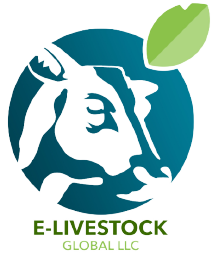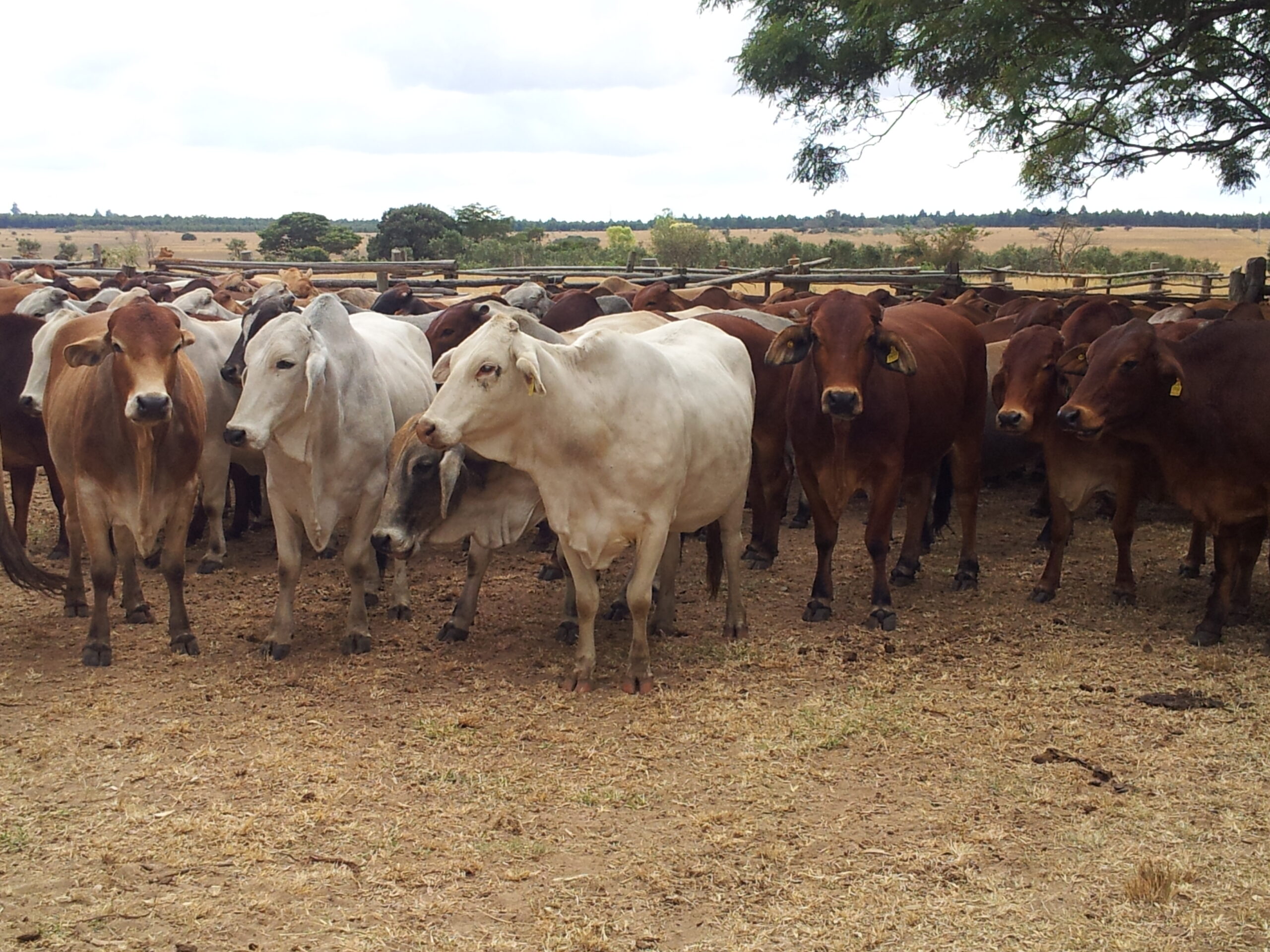The system works by using hardware and software to capture data which can in turn be analysed. Animals are tagged using RFID tags that are linked to the owner’s details. Scanners and mobile phones are used to compile information concerning all the life occurrences of the animal.
RFID, an acronym for “Radio-Frequency Identification”, is a system where information can be read from a chip in the form of radio waves. RFID works similar to the way barcodes work in terms of the information they can present, however, it has a further read range and does not require an optical scanner to function.
There are multiple “tiers” to RFID. In terms of read-range:
- Low-Frequency (LF) RFID has a read range of around 10cm
- High-Frequency (HF) RFID has a read range of between 10cm and 1m
- Ultra-High Frequency (UHF) RFID has a read range beyond 1m, up to 12m
Our E-Livestock tags employ UHF RFID and paired with our special reader, have a total read range of up to 18m. This is to ensure maximum tag-recognition options in livestock tracking situations.
Using RFID based on the UHF system is the method we have adopted as this falls in line with global standards and is the most efficient way to identify livestock.
RFID requires a clear line of sight between the reader and the tag. The user does not need to be able to read the text on the tag from a distance, but any obstruction (especially obstruction by metal objects) can interfere with the RFID system’s performance.
Many different kinds of technologies are already used for tags. Via our innovation lab, we researched the three main ones used for external cattle tags. For purposes of our project, we decided to exclude technology requiring a power source (active or semi-active), embedded, and multi-purpose tags that did not fit within our price while providing unnecessary functionality. We additionally wanted to make the tag technology available at a price that was not higher than then the existing one for Zimbabwe. We wanted to be sensitive to farmer’s wallets while providing both a value-added tag and additional services.
The technologies involved are stable and mature. The tags help to meet Global requirements while providing functionality that is likely to be required in the future. The smart tags we have chosen are as long lasting as the regular ones. The use of UHF allowed us to be innovative while helping us achieve our goals for the system.
In the simplest sense: Blockchain = A Digital Chain of blocks.
More specifically, Blocks represent digital information that is stored in a (public) database or distributed ledger referred to as the chain.
Another definition that may help is to think of Blockchain as “A distributed (or shared) ledger-based technology that enables an Internet-based, peer-to-peer network to facilitate exchanges in value.”
There are many different applications of Blockchain. The one we are using deals with tracking and traceability in Livestock.
The concept of Blockchain has been around for almost 30 years. Blockchain, as we know it in the current form, has been experiencing exponential growth since 2008.
After researching and testing multiple Technology options, we felt that Blockchain was the superior solution for tracking, traceability, and security.
Blockchain is often associated with Bitcoin. Bitcoin is another subject entirely. The way a Blockchain works provides considerable security in and of itself in that Blockchain operates in a linear and chronological fashion. Because Blocks are added or updated at the end of the chain, it is very difficult (if
not almost impossible) to modify previous blocks in the chain. Additionally, Blockchain networks contain additional security proofs and tests.
No. Perhaps the easiest way to explain this, is that while every Bitcoin runs on a Blockchain, Blockchain has numerous applications beyond Bitcoin. Our work has nothing to do with Bitcoin.


